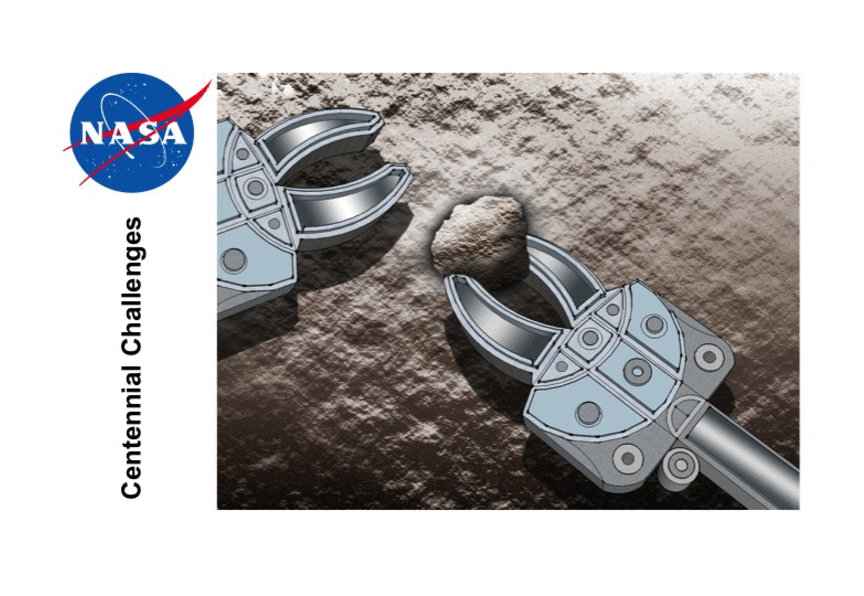Editor's note: This guest post was written by Andy Tomaswick, an electrical engineer who follows space science and technology.
Imagine a rover on the Moon nimbly gliding around boulders and crevices until it finds something that looks interesting. It stops to pick up a sample and then rushes back to its home platform only to venture out again soon. Now imagine that it was doing all of this without any humans telling it to.
That's the idea behind NASA's new
Sample Return Robot Challenge,
part of its Centennial Challenge program. The space agency announced a potential $1.5 million prize for what it terms "an autonomous robotic system to locate and collect a set of specific sample types from a large planetary analog area and then return the samples to the starting zone."
NASA recently released a set of rules that requires the participating robots to go big. Like 80,000 square meters big. That's the amount of area of rough terrain, complete with trees and creeks, the autonomous bots will have to cover in order to find different samples spread randomly throughout.
Teams will collect those samples during two different levels of competition. Level one will require the participants to retrieve a randomly placed sample with a distinct packaging. The second level, and the one that pays the most cash prizes, requires the recovery of different types of samples, including ones specifically designed to test a team's pattern recognition skills.
The competition is open to everyone and teams have until the end of the year to register. The event is expected to be held next year at Worcester Polytechnic Institute in Massachusetts. If one a team manages to win the prize, NASA's dream of autonomous rovers won't be too far off.
Source:
NASA
 Universe Today
Universe Today
